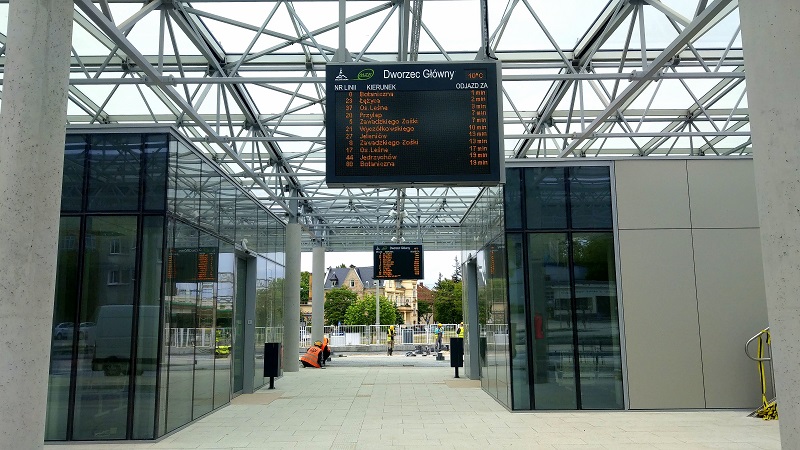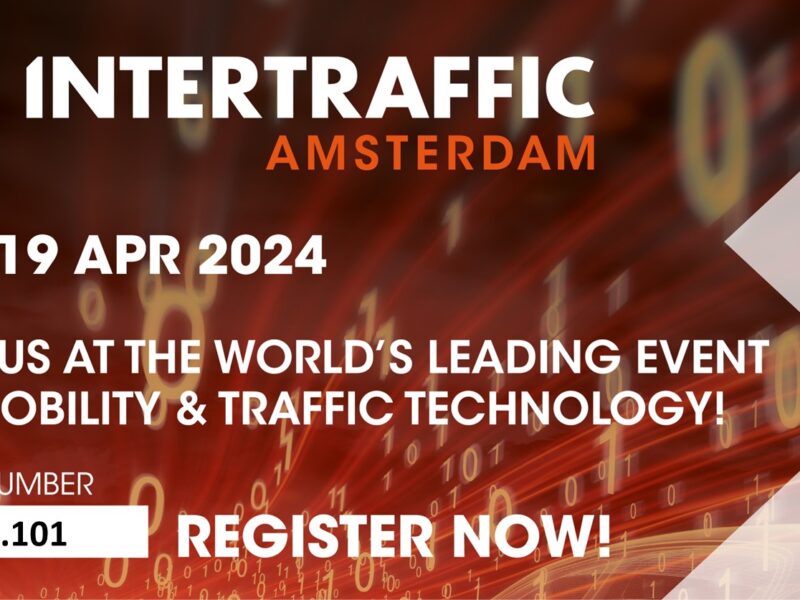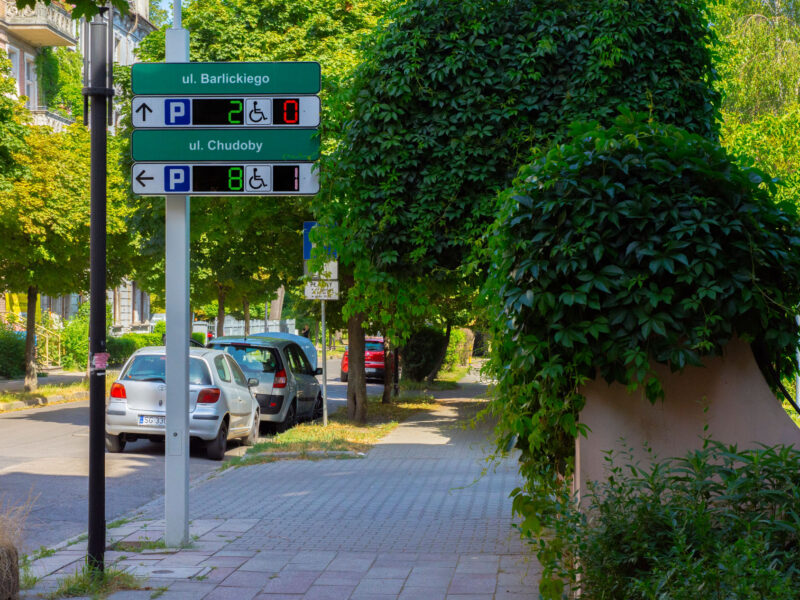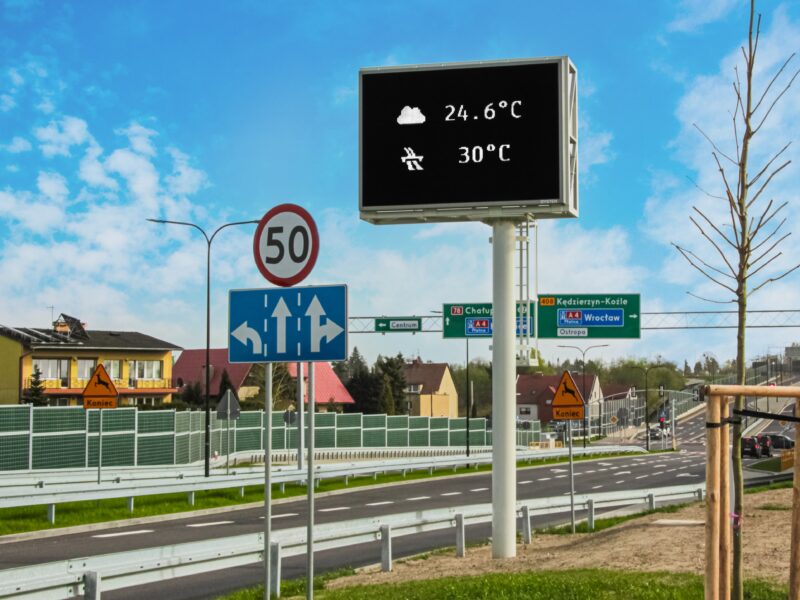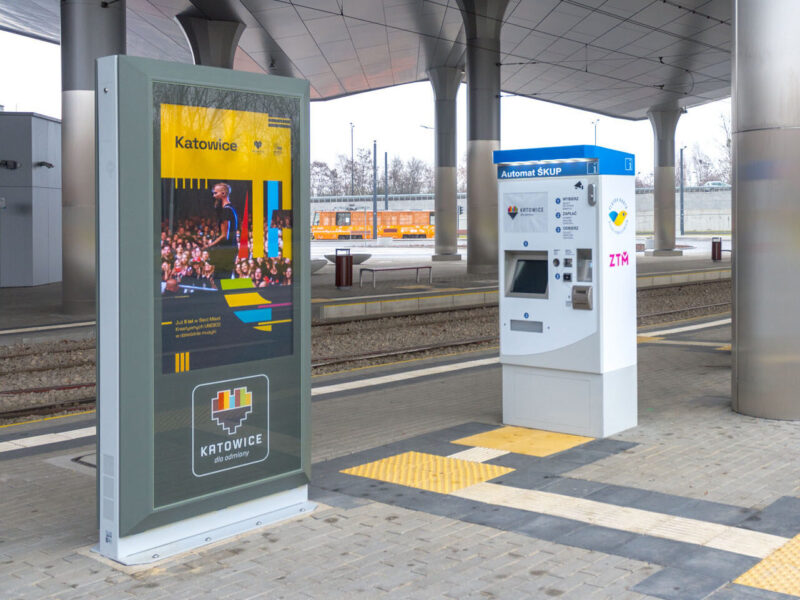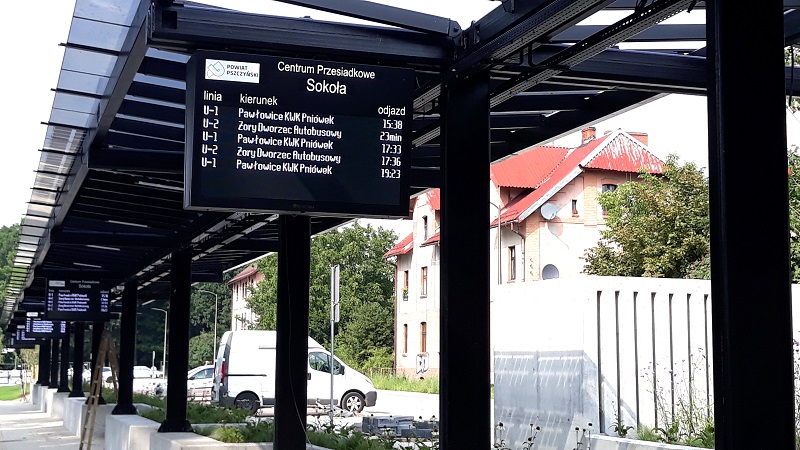

Dynamic Passenger Information with an Integrated Interchange Hub
Integrated interchange hub
Purchasing innovative rolling stock and creating new communication lines are not the quickest developing trends in public communication. Self-governments are increasingly more interested in integrating stops for various means of transport by combining them into efficient interchange hubs.
An integrated interchange hub is a set of stops of various lines and means of transportation (trains, buses, trams, and underground), the distance between which does not exceed 200 m and the time of reaching which is no longer than 3 minutes. It allows for a quick and easy switching one route for a different one, typically without the need to leave the building or undertake additional fees.
The integrated interchange hub is also equipped in:
- car parks, Kiss&Ride parking spots, Park and ride spots, bike parking spots, and taxi parking spots
- comprehensive passenger information, both visual and vocal one
- infrastructure and devices making it easier for handicapped individuals to take advantage of interchange hub
- ticket booths
- waiting rooms and toilets
- food and commercial spaces
Why to opt for the integrated interchange hub?
Car drivers waste a lot of time, money, and health every single year while standing in traffic jams. It is worth knowing that during such stops, cars burn twice the normal amount of fuel that is then transformed into a cloud of hazardous smog hovering just above the ground. In order to avoid high emission of dangerous substances by road vehicles, the government has been pushing for ensuring conditions for ecological means of transportation to emerge. It is not only about the development of infrastructure allowing for filling cars’ tanks with bio fuels, charging up electric automobiles, or replacing means of mass transport with those low-emission ones, but also – about increasing the willingness of citizens to take advantage of mass transport in general. For the inhabitants of a given area to opt out of driving their cars and use public transport, the latter has to be comfortable, convenient, quick, and inexpensive.
From passengers’ point of view, the key criteria that increase their willingness to use public transport are the decrease in time wasted waiting for a particular mode of transportation to arrive, as well as in effort connected with moving between the stops.
Convenient stops are ensured by the integrated interchange hub – it combines routes of numerous carriers providing their services within one province, agglomeration, or district. European Union funds oriented towards low-emission transportation support projects that are developed with the modernization of public transport in mind.
Real time passenger information in interchange hub locations
Informing passengers about the real time of trip can notably impact the passenger servicing quality. Interchange hub is a big object, so passenger information units should be available in all spots where such people tend to gather in greater numbers. That is why it is so important to identify and understand paths passengers take while designing interchange hubs. Electronic information units should be installed next to entrances to the hub, in its center, next to parking spots, as well as next to platforms dedicated to specific means of transport. The Dysten Company has recently realized many integrated interchange hub-related projects, which has allowed us to specify the most efficient set of solutions to be implemented.
Top set of passenger information displays for an interchange hub
- Collective displays
Large electronic boards installed in strategic points where the number of passengers is the highest – entrances to the object, main hall, and ticket booths. They are used to display departure times of next 10-20 means of transports managed by the interchange hub together with the specification of the number of platform a given vehicle departs from.
- Platform / stop-specific displays
4-6 line boards installed next to a given stop and informing the passengers about the factual trip time, trip direction, and line number.
- Informational boards / informational kiosks
Real-time timetables displayed on a small collective LCD information board. Boards are installed in increased traffic areas, such as tunnels and waiting rooms.
LCD technology-based informational kiosks display such information as timetables, trip-related tips, route maps, ticket prices, weather conditions, and advertising materials. Content displayed can be changed by using the installed up/down, page up/page down buttons, as well as by using touchscreen.
The choice of technology to be used depends on preferences and capabilities of the ordering party. The most frequently installed displays are those LED energy-saving ones. Diodes are very bright, even on a sunny day (4000 nits) and their longevity is estimated to be approximately 100 000 hours. LCD TFT displays have a half shorter lifespan (50 000 h) and are much less bright (400-3000 nits), so they are rather installed inside of buildings in the form of collective displays, informational boards, or informational kiosks.
Building integrated interchange hubs, developing well-thought-out solutions, and installing dynamic passenger information systems will make public transport more appealing to passengers. It will be not only beneficial for the said group of people, but for the environment as well.
Do you happen to require some support with regard to dynamic passenger information? We will be more than glad to support your project.
Feel free to contact us .
Author: Ania Przybycień, marketing director



